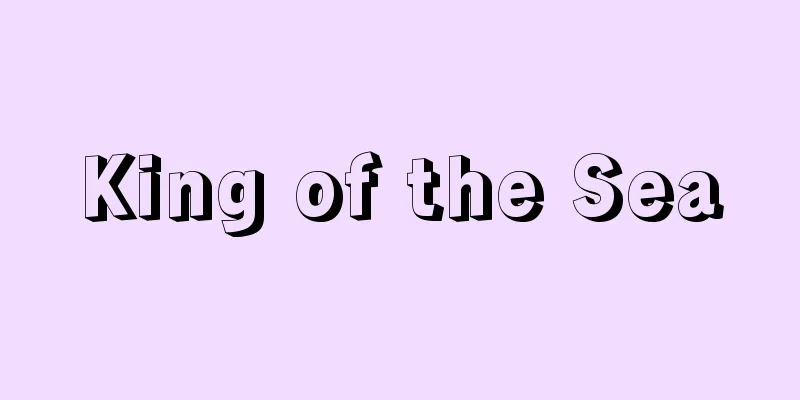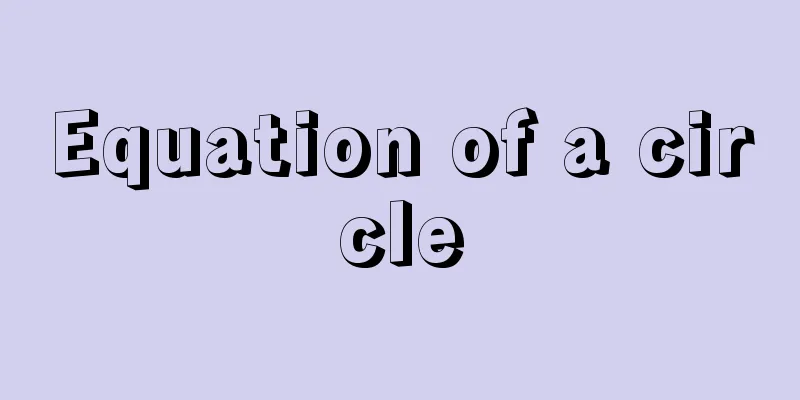Imperfect competition

|
A general term for a type of competition that is intermediate between perfect competition and monopoly. In a perfectly competitive economy, where many sellers produce and sell the same product, individual companies have no control over price (i.e. monopoly power) and face a horizontal demand curve. In contrast, in a monopoly where there is only one company in an industry, there are no substitutes for the product, so the company has complete monopoly power over its own product. However, competitive and monopoly elements are usually mixed, and industries that are neither perfectly competitive nor completely monopoly account for the majority of the real economy. This type of competition or market type is called imperfect competition, in which individual companies have a certain degree of monopoly power and face a downward sloping demand curve. Imperfect competition can be divided into oligopoly, where there are only a few companies, and monopolistic competition, where there are a large number of companies. Oligopoly is often seen in the manufacturing industry. Its distinctive feature is that, due to the small number of companies, each company formulates its production and sales strategies with a great deal of awareness of the actions of its rival companies. Cases in which products are homogeneous are often seen in large-scale core industries such as steel, aluminum, and nylon, while cases in which products are differentiated are often seen in industries such as automobiles, electrical appliances, and heavy machinery. In the case of monopolistic competition, there are many sellers, just as in perfect competition, but each company produces and sells products that are slightly different from other companies (differentiated products). As a result, each company has a certain degree of monopoly power. Imperfect competition is characterized by the fact that, compared to perfect competition, less output is generally produced, which results in excess production capacity, a lack of efficient allocation of resources, and resource waste. [Toshiyuki Uchijima] [References] | | | |Source: Shogakukan Encyclopedia Nipponica About Encyclopedia Nipponica Information | Legend |
|
完全競争と独占との中間にある競争の型の総称。多数の売り手が同一の製品を生産・販売する完全競争の経済では、個々の企業はまったく価格に対する支配力(つまり独占力)をもたず、水平な需要曲線に直面している。これに対して産業に唯一の企業のみが存在する独占の場合には、その製品の代替品はまったくないので、企業は自社製品に対して完全な独占力をもつ。しかし通常は、競争的要素と独占的要素とが混在しており、完全に競争的ではなく、また完全に独占的ではない産業が、現実の経済では大部分を占めている。このような競争あるいは市場の型を不完全競争とよび、個々の企業はある程度の独占力を有し、右下がりの需要曲線に直面している。 不完全競争には、企業の数が少数である寡占と、企業の数が多数である独占的競争とがある。寡占は、製造業においてよくみられる。その特色は、企業の少数性のゆえに、各企業はライバル企業の行動をかなり意識して生産・販売戦略をたてるということである。製品が同質的であるケースは、鉄鋼、アルミニウム、ナイロンなどの規模の大きい基幹産業に多くみられ、製品が差別化されているケースは、自動車、電気製品、重機械などの産業に多くみられる。独占的競争の場合には、完全競争の場合と同様に多数の売り手がいるが、各企業は他企業とすこし異なった製品(差別化された製品)を生産・販売する。このため各企業はある程度の独占力をもっている。 不完全競争の特色は、完全競争と比べ、一般により少ない生産量が生産されることである。そのため過剰な生産能力が存在することになり、資源の効率的配分がなされず、資源が浪費されるのである。 [内島敏之] [参照項目] | | | |出典 小学館 日本大百科全書(ニッポニカ)日本大百科全書(ニッポニカ)について 情報 | 凡例 |
<<: Imperfect fungi - fukanzenkinrui
>>: Non-drying oil - Fukanseiyu (English spelling)
Recommend
Gastroscope
… However, to see inside an internal organ with c...
Stocking fishing grounds
Bait is spread on underwater reefs where schools o...
Ryuta's Bushi - Ryuta's Bushi
A popular song from the early modern period. It i...
Rock moss - Rock moss
A large, beautiful species of the family Musciacea...
Emperor Zhengde (English: Zheng-de-di; Chêng-tê-ti)
Born: 1491 (4th year of the Koji period) [Died] 15...
Candia - Candia (English spelling)
The former name of the city of Heraklion in the c...
steam accumulator
...There are cases where steam is stored in the f...
Ayurveda (English spelling)
… [Kenji Muraoka] [India] In the Vedic period, wh...
Tosa Hirokane
Years of birth: Years of birth and death unknown. ...
Chrysanthemum fly vine - Chrysanthemum fly vine
…A large deciduous climbing plant of the Vitaceae...
Yangtze River Bridge
Four large bridges, including those in Nanjing and...
Tales of the warrior
These stories are based on experiences in martial ...
Yolka (English spelling)
A Russian festival. In Russian, it means "lit...
Eonothem
...Reign, kingdom, lineage, series, and stage are...
Art Poems
… [Tokumaru Yoshihiko] 【Japan】 [Name] The term mi...
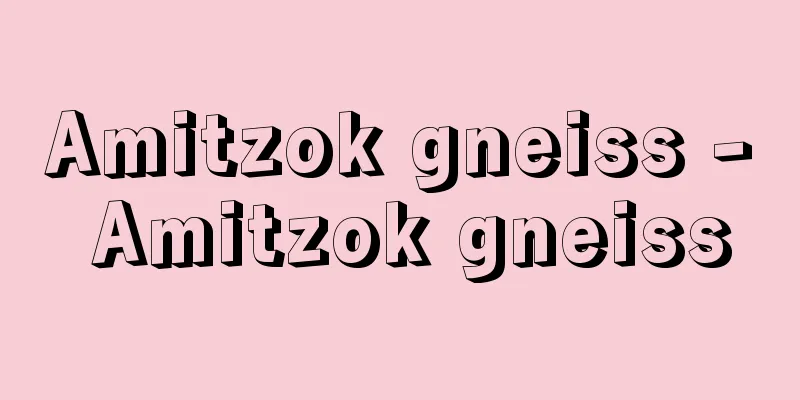
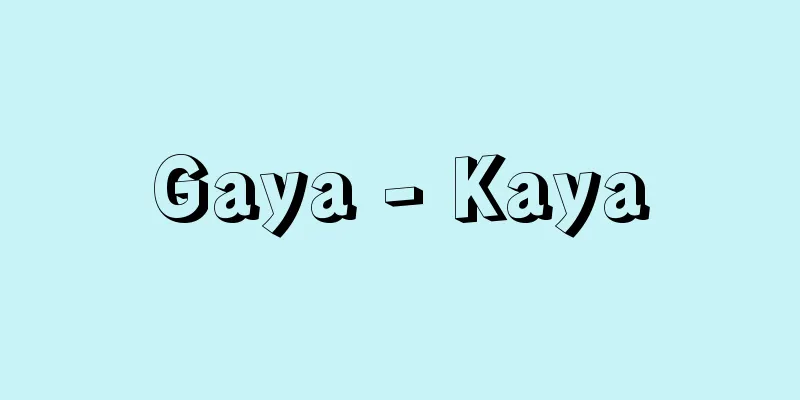

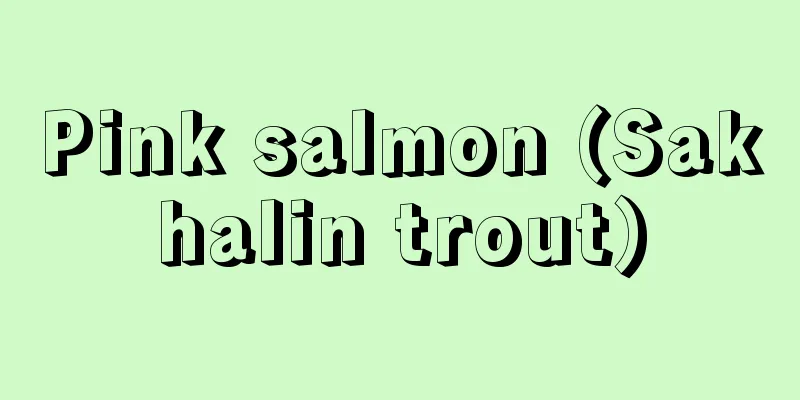


![Gregory [Armenian] (English spelling) Grēgorios](/upload/images/67cb71b680a13.webp)
